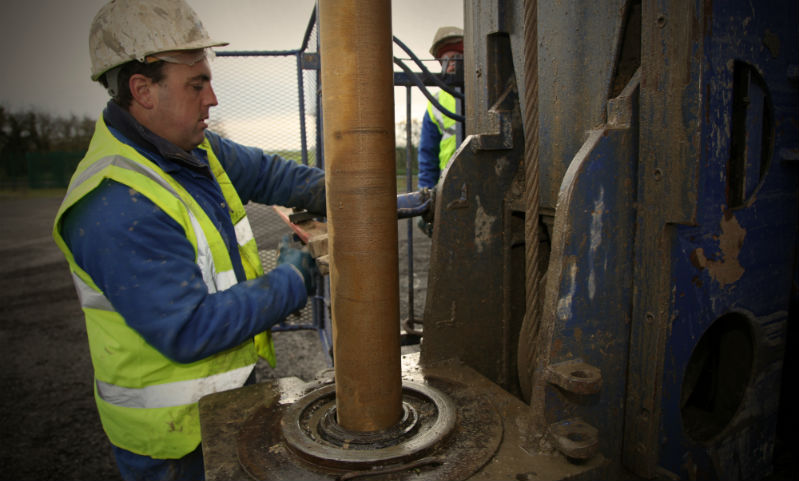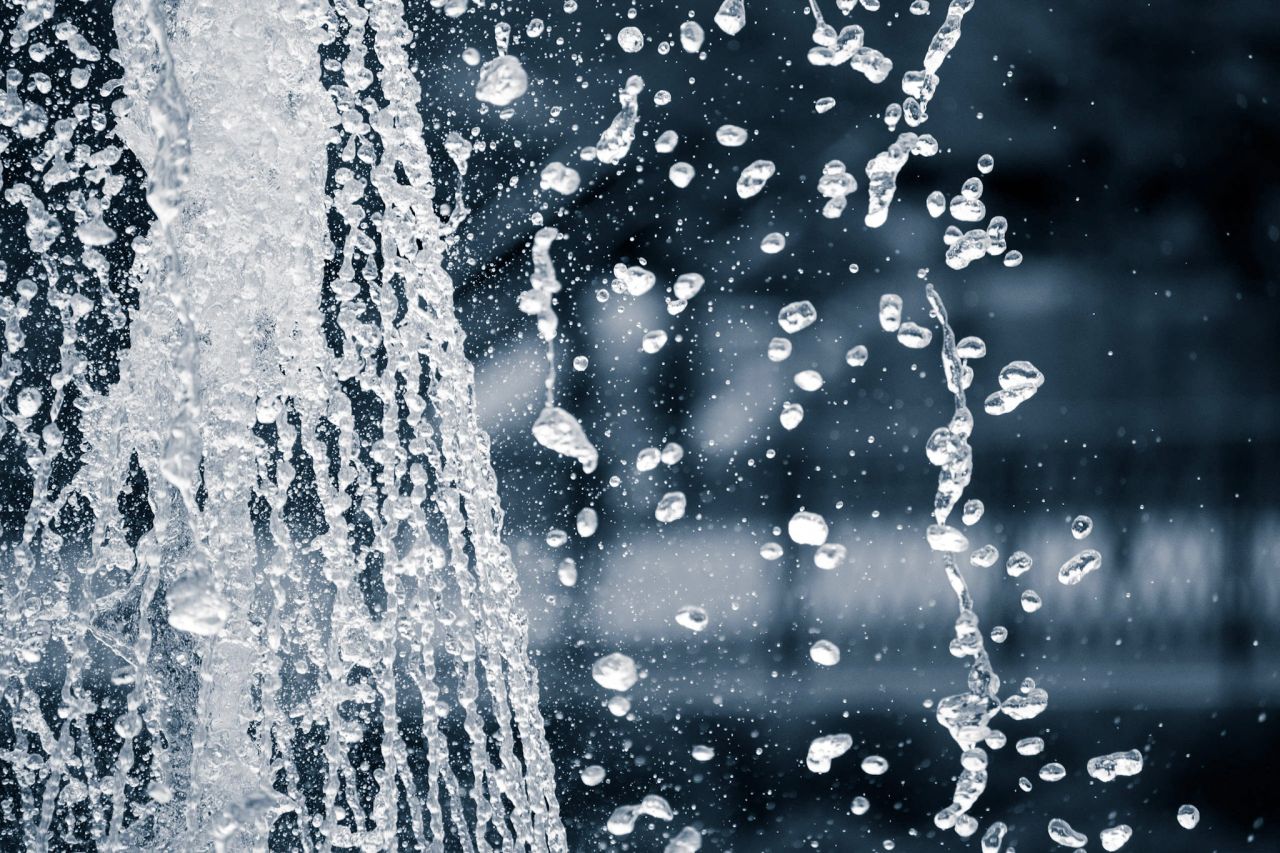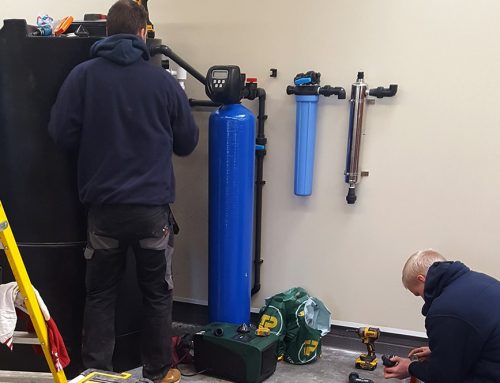One of the most common questions we get here at Dales Water is what kind of savings can be made if an end user were to switch from a mains supply to a borehole water supply.
It’s also usually one of the first considerations by customers in the research stage of a project, when they’re looking into alternatives, maybe due to mains water not providing a reliable supply or simply because they feel they’re paying too much for their water.
In the tables below we’ve put together a hypothetical case study of the expected savings an end user can make should they switch to a borehole supply along with the outcomes, breakdown and the assumptions we have made for the example. In the coming weeks we’ll also be looking at some specific industries to break costs down even further.
An example of why borehole water supplies are much more cost effective as opposed to mains water supply using a 20,000 litre (20m3 or 4,400 gallons) per day abstraction per day example:
Borehole Water Supply
| Capital Cost | Running Cost | ||
|---|---|---|---|
| Approximate capital expenditure assuming installtion of the borehole, pumping equipment and water treatment | £15,000 | Approximate electricity cost of running the pump per year assuming a 1kW pump | £400 |
| Approximate annual servicing (assuming Iron and manganese treatment servicing, water softener and UV purifier | £500 | ||
| Approximate annual cost of water softener salt (consumable) | £400 | ||
| Approximate cost of water | £0 | ||
| Total Annual Cost | £1,300 | ||
Mains Water Supply
| Capital Cost | Running Cost | ||
|---|---|---|---|
| Mains water capital costs assuming mains is in place | £0 | Approximate mains water cost assuming 20 meters cubed per day consumption and £1.40/m3 ongoing cost | £10,220 |
| Total annual cost | £10,220 | ||
Outcomes
- Capital expenditure in year 1 on the borehole and water treatment system is approximately £15,000 in our example
- Ongoing running costs on the borehole in year 1 are £1,300
- Capital expenditure in year 1 on mains water is £0.00 in our example if mains water is already present (not always the case)
- Ongoing running costs on mains water supply in year 1 are £10,220
- Capital expenditure costs and ongoing running costs on a borehole water supply in year 1 are approximately £16,300 in our example.
- Capital expenditure and the ongoing running cost for the borehole water supply in our example would be returned in approximately 16 months (a year and half)
- In year 2 and from then on mains water expenditure would continue to be £10,200, in year 2 and from then on ongoing running expenditure on the borehole supply would be £1,300
- Annual saving on the borehole water supply against mains water supply would be approximately £8,920
- In year 2 and from the borehole water supply will cost the equivalent of 7p per meter cubed as opposed to £1.40 per meter cubed on the mains supply
- Mains water supply would be subject to ongoing price rises, borehole water supply would not
- Mains water supply would be subject to drought restrictions, borehole water supply would not
- Mains water supply would be subject to pressure issues based on distance from the supply, borehole water is local and therefore pressure can be higher
- If more water is required from the borehole this can be abstracted (subject to Environment Agency permissions for abstracting more than 20m3/day). Additional infrastructure (capital expenditure) would be required on mains water supply
Assumptions
Our example makes the following assumptions:
- All costs given are subject to VAT.
- That the borehole, water treatment and pumping plant costs £15,000 this may not be correct and is subject to specific site circumstances and requirements – it may be lower or higher depending on several circumstances and variables
- That water treatment is required (it may not be) and assumptions about the type of equipment required – this may change capital costs
- That mains water is already installed at the site – it may not be which will increase capital mains water costs
- That mains water costs are approximately £1.40/m3 this may be different and subject to different providers and rates, it may be more or less
- That the abstraction from the borehole does not require an abstraction licence (abstracts less than 20m3/day) – an abstraction may add a few hundred pounds to the costs of a borehole but is offset by being able to abstract more water at less cost compared to mains water
- Assumptions about servicing costs
- Other unmentioned assumptions may have been made
If you have any specific questions about potential cost savings, and want to provide us with some details about how you use your water then please contact us, we’ll be happy to provide some potential costs and payback periods.



